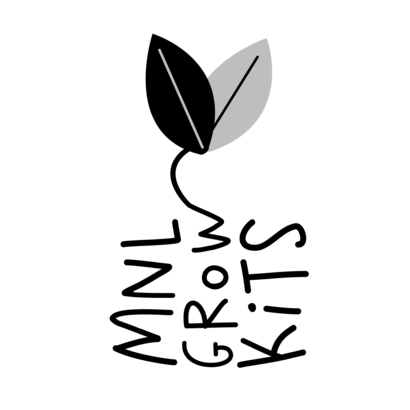When Plant Leaves Turn Yellow
Healthy plant leaves are bright green in color. When plant leaves turn yellow, that means something is wrong. And it’s up to you to find that out!
The primary reason why healthy leaves are green is the presence of a pigment called chlorophyll. I won’t go into that discussion here, but a simple analogy for this is the same for humans. When you see a person who looks pale or red / flustered, you know something is wrong with them. That holds true for plants, too. Something is going inside the plant that makes their leaves turn yellow.
Plants can’t speak nor have facial expressions for us to know if there is something wrong with them. There are some instances where these leaves turn to yellow. This is an early sign that something is wrong with your plant.
If that happens, don't panic. Here are 3 things you should check in that specific order to make them healthy again.
3 Easy Steps When Your Plant Leaves Turn Yellow
1) Check if you're watering your plant properly
Underwatering and overwatering are both harmful to your plants. This is the first thing you should check when you notice that your plant leaves are turning yellow.
While there are some new technologies being developed about knowing when to water your plant, it is something a bit out of reach for most of us in terms of budget and geographic barrier (being developed in US and UK).
So, we do the next best thing -- what farmers and our growers do -- monitor how much water you're giving your plant. Test this out a couple of times.
As we mentioned before, water your plants twice a day: early morning and late afternoon. If you want to be more specific, early morning is 7-10am; while late afternoon is 3-5pm. And there’s also a reason for that!
As for the right amount of water, the way to check that is to stick your finger in the soil about an inch deep. Don’t do that near the roots and / or stems. Do it around the edge of your pot.
- If you feel it damp and moist, that’s perfect.
- If you feel it dry and loose, you need to add more water.
- When you pull out your finger and it’s like covered in chocolate, you overwatered it.
Do this for a couple of days. If the leaves didn’t turn back to its bright, green color, it’s time to move to the next item.
2) Make sure they are getting enough sunlight
Sunlight is a requirement for plants to perform photosynthesis. As a reminder, “Photosynthesis is process by which plants, some bacteria and some protistans use the energy from sunlight to produce glucose from carbon dioxide and water.” (source)
For those of us who forgot what photosynthesis is and the role of chlorophyll and water in the process, here’s another short explanation:
For plants to perform photosynthesis they require light energy from the sun, water and carbon dioxide. Water is absorbed from the soil into the cells of root hairs. The water passes from the root system to the xylem vessels in the stem until it reaches the leaves. Carbon dioxide is absorbed from the atmosphere through pores in the leaves called stomata. The leaves also contain chloroplasts which hold chlorophyll. The sun’s energy is captured by the chlorophyll.
In other words, photosynthesis is a process that transforms sunlight (and other components) into the plant’s food.
If your plant isn’t getting enough sunlight, that means it can’t convert the other components into food for its nourishment. This can cause the plant’s leaves to turn yellow.
Do this for a couple of days while keeping in mind the proper watering process. If it still has not turned back to green, then your plant might be malnourished.
3) Ensure the plant receives proper nutrition
We really cannot deviate from the human analogy. When a person is malnourished -- both undernourished and overnourished -- it is unhealthy.
The same goes for plants. If you add too much fertilizer, it can cause burns to the leaves; turning the leaves to brown. If you don’t add enough fertilizer, it can cause the leaves to turn yellow.
One note on fetilizers: not all fertilizers are created equal.
If you use our organic fertilizers, you generally just need to add 3-5 pellets every 14 days. Crush them, then sprinkle them around the plant before watering.
If you went through this process and checked that you are watering your plants properly and receiving the right exposure to sun, your plants will definitely go back to being healthy.
And if it doesn’t do let us know. There might be something else that’s causing the problem like bacteria problems, PH and chemical issues in the soil, temperature, etc. But these aren’t as common as the ones we mentioned above.
